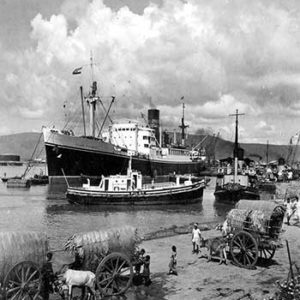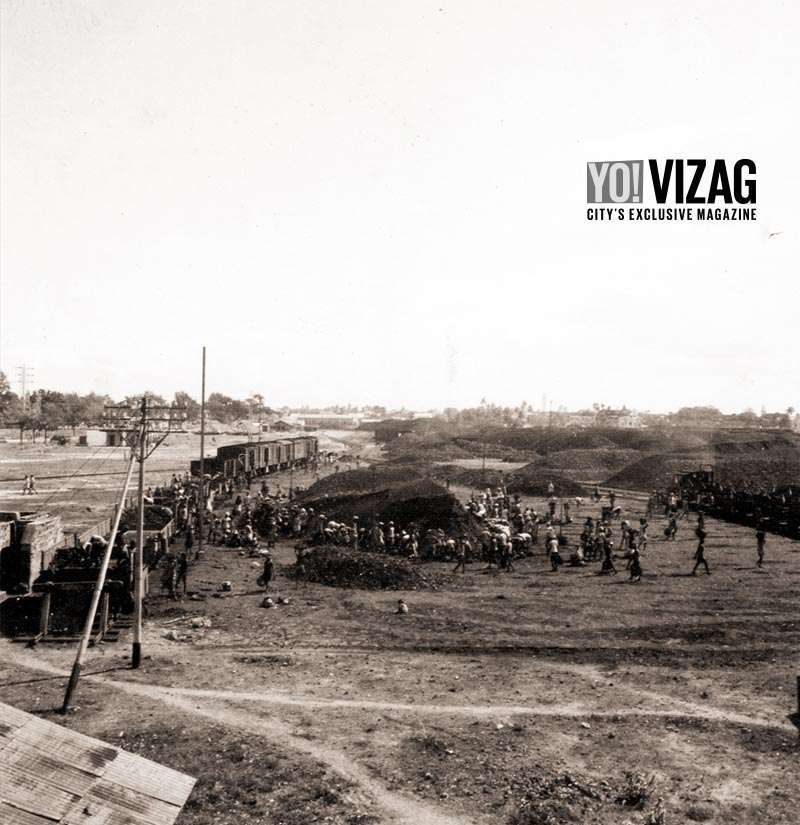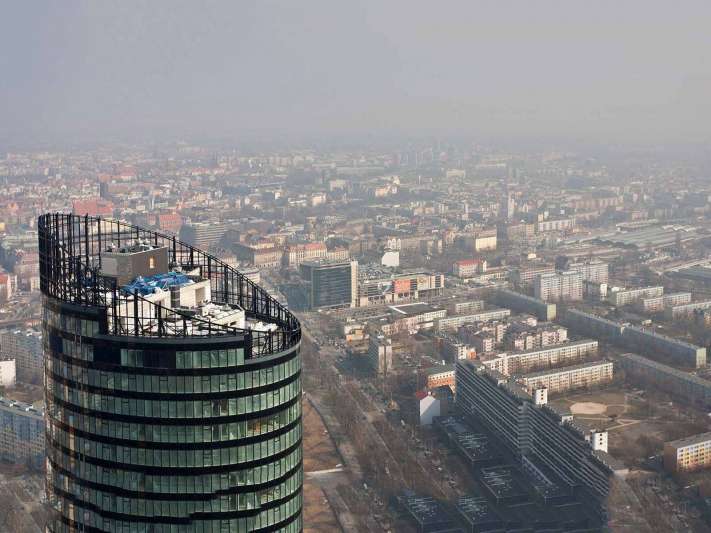Visakhapatnam/Vizag – Hidden with in the folds of its verdant hills and picturesque valleys there is a bustling city, an industrial centre, with heritage buildings, ancient temples, Buddhists monuments, natural wonders, golden beaches, art, history, culture… Vizag is all this and more. The perfect tourist destination, come explore this exceptional city and her rich surroundings, the ‘jewel on the East Coast’.
Once a small fishing village, the city today is a busy port with the distinctive advantage of a natural harbour. Its geographical advantage has made this city the headquarters of the Eastern Naval Command of the Indian Navy. In addition, a number of major industries, ship building yard, a huge dry dock, a mega oil refinery, software giants, a massive steel and power plant make Vizag one of the modern faces of India. At the same time, Vizag has nestled within her, a rich legacy of ancient and historical sites of religious, cultural and natural significance. And all this progress and preservation of heritage has taken place in the midst of the awe-inspiring Eastern Ghats with the hills on one side and the azure waters of Bay of Bengal on the other.
The story behind the name Visakhapatnam has many versions

One popular belief is that the town was named after Buddhist princess Visakha (5th to 6th Century BC), and is referred to in the Buddhist gathas. Another similar theory attributes the name to a Buddhist monk, Vaisakhi. The Chinese traveller, Hiuen Tsang visited Andhra during 639-40 AD. In his travelogue he mentioned the name of ‘Visakha kingdom’, where Hinayana Buddhism was prevalent.
Another school of thought attributes the name derived from the God of valour, Visakeshwara. This is supported by the strong belief that there lies submerged a shore temple built by Kuluttonga Chola of the Lord just off the shoreline. Then again, the name is credited to a Muslim saint, Ishaq Madina, revered by all, the Hindus and Muslims, especially those who lived off the sea. And the simplest yet most possible explanation is that the city got its name from its topography; ‘isaka’ is the Telugu word for sand. The vast sand expanses could have contributed to the name.
Historically, Visakhapatnam was considered to be a part of Dandaka Aranya. Later, part of the Kalinga Empire, it was conquered by Asoka in about 260 BC. In about the 11th century AD, the Simhachalam Temple was constructed. The 15th century saw the reign of Krishnadeva Raya. The next significant happening was the establishment of the Dutch colony in 1735. Later, in 1765, Visakhapatnam became a part of the Northern Circars, initially under French control, only to be expelled by the British later. The city has evolved and flourished under the British. Prior to that, Visakhapatnam has witnessed the reigns of various kingdoms – Asoka, Pallavas, Cholas and Gangas.
Under the British, development was manifold. Like the establishment of the Andhra medical College (1902), railway connection to Madras and Calcutta (1904), the Andhra University (1926), Port (1933), Eastern Naval Command (1947), and clubs like the Golf Club and Waltair Club. Post independence, in 1949, Scindia Shipyard (HSL) was commissioned, HPCL (Caltex) came up (1957) and in 1981, Visakhapatnam Steel Plant opened its gates. Now there is a blossoming film industry, chemical industries and the IT parks adding to Vizag’s progress.
The unique topography, ancient history, cultural heritage and adaptability to modern trends have given Vizag an edge over many other destinations. In tune with preferential tourism, Vizag has temple tourism, beach tourism, heritage tourism, Buddhist tourism, eco-tourism, medical tourism, educational tourism, cuisine tourism, adventure sport tourism, river tourism, culture based tourism… this shore city has all this and more. Come; explore the enigma that is Vizag.











